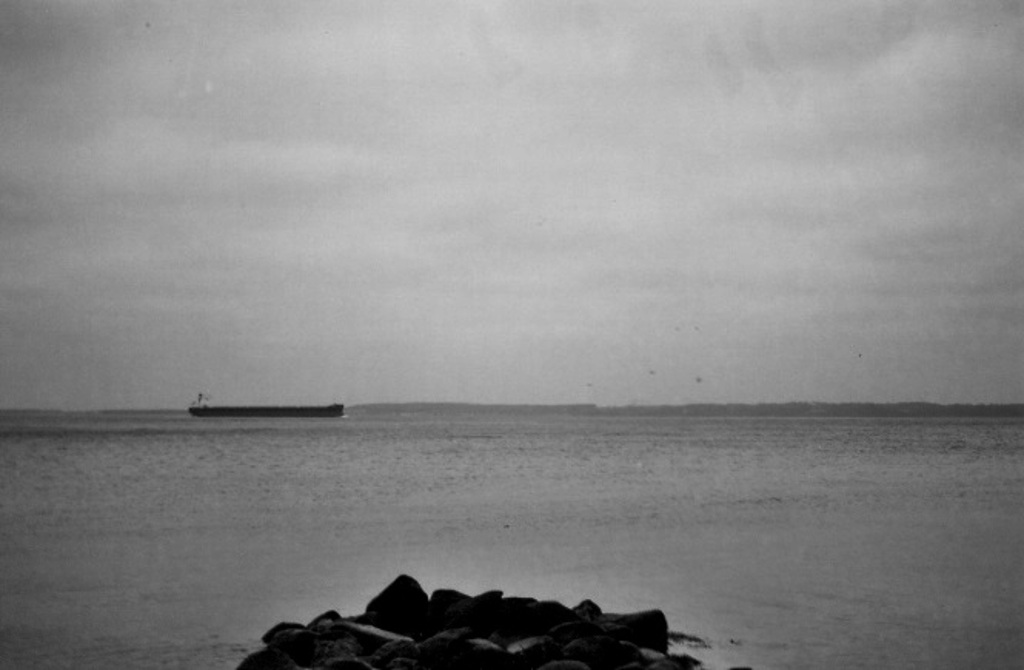The Darkroom
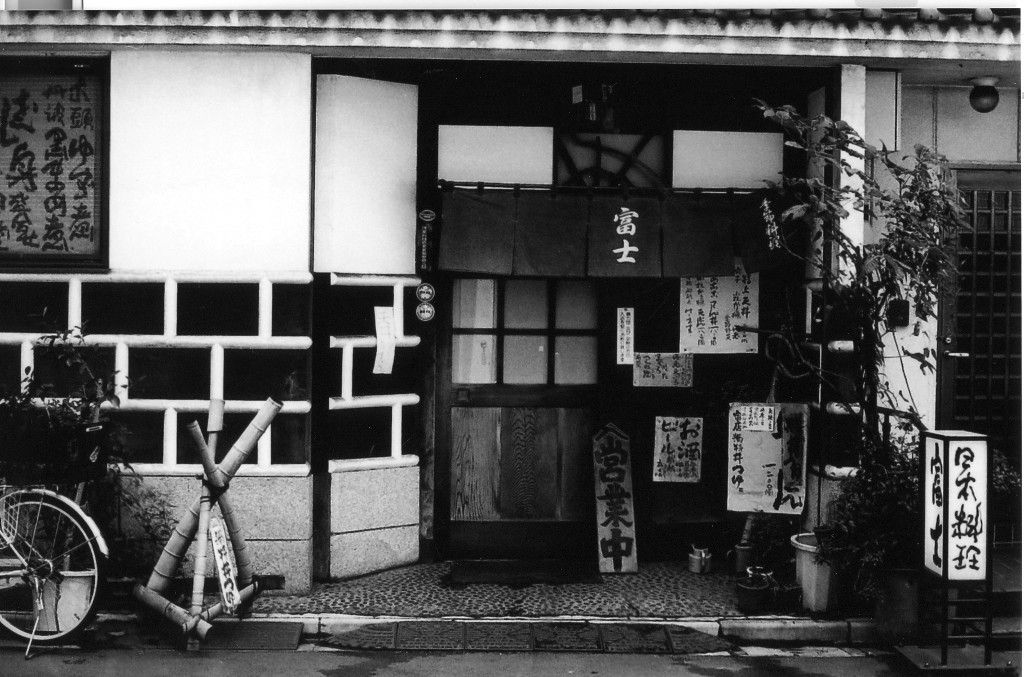
It could very well be that the most iconic part of analog photography is the darkroom. The darkroom is the direct consequence of early photography; this is to say that large parts of the technology of darkrooms can be traced to the 1830s. Nonetheless, we have of course come a long way. The discovery of the photochemical effect started the love story of photography. The thought of capturing light and time, and transferring it to paper, is one that has fascinated us ever since we found out it was possible. This is why nearly everyone knows “View From the Window at Le Gras” and “Boulevard du Temple” – respectively the earliest surviving photograph, and the first photograph containing a person.
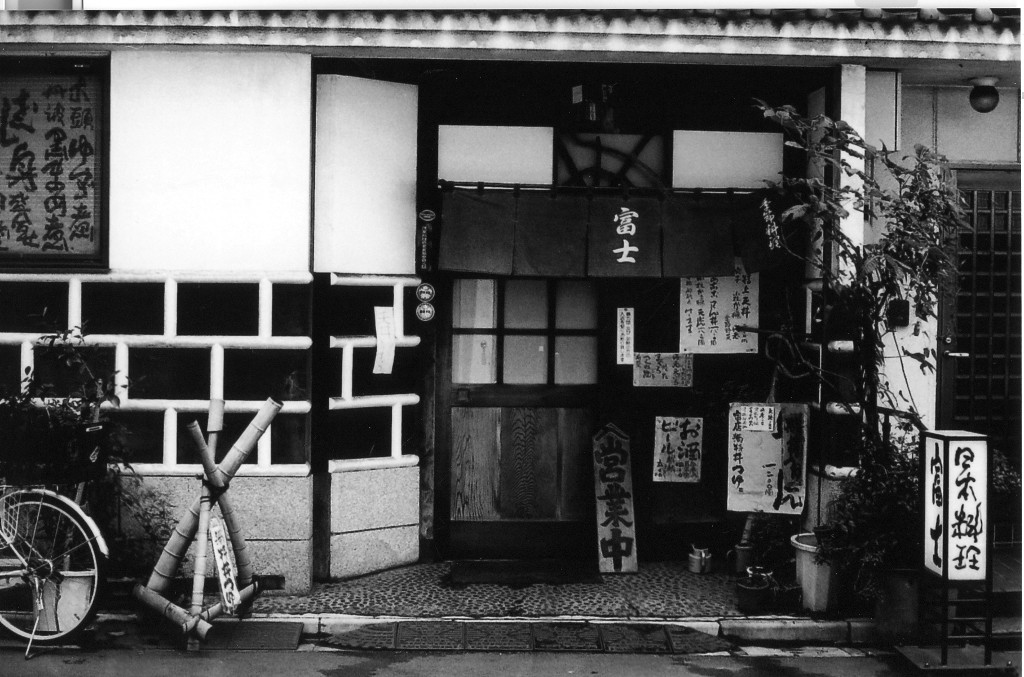
These photographs are iconic, I admit, simply because they symbolize the start of an era. Throughout this era, one thing has been key: the capture and preservation of motive. To ensure this, the darkroom has been an essential part of photography. But how do we understand the darkroom today? Some would say it is no more than a frivolous novelty, and others see it as an integral part of learning what it is to be photographer. Are there any lessons to be learned in the dim light of the safe bulb?
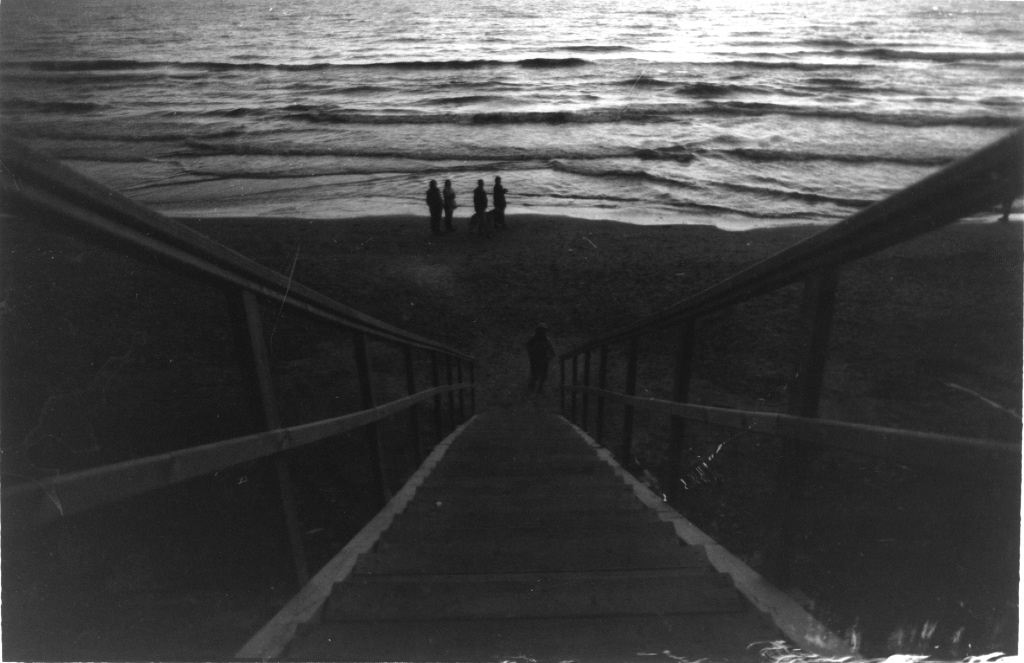
I must start by saying that I am biased in this matter… As I write, an enlarger stands on my desk, and I admit that the “darkroom experience” gives me a buzz. The reason for this is, that it is in the darkroom that shooting film becomes somewhat of a solitary experience. As much one loves one’s new rangefinder or expensive Hasselblad, the diversity of options offered by the darkroom is astonishing. The pouring of chemicals, the hum of the enlarger, and the dropping of your contrast filters are all a part of the scintillating experience of the darkroom, but in all seriousness the darkroom experience is more than a novelty, more than nostalgia. It helps one understand just what it is to create analog images; if you’ve never been in a darkroom, you haven’t been exposed to the “full spectrum” of shooting film.
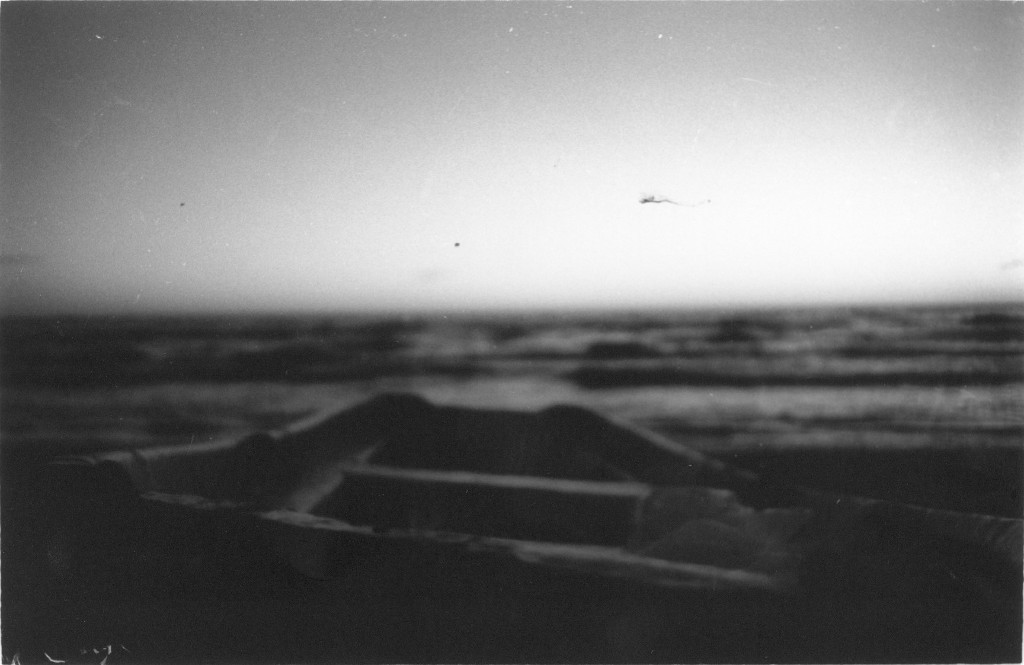
The variety of the darkroom can be applied in different ways. Most double exposures are “made” within the camera, by pulling back the film crank, and overlapping an existing image, but in the darkroom it is possible to choose from any of your negatives, and overlap them within the enlarger. With the use of light and photosensitive paper, it is possible to quite literally “paint” with light in the darkroom; create shapes, grain, and diversity in your photographs.
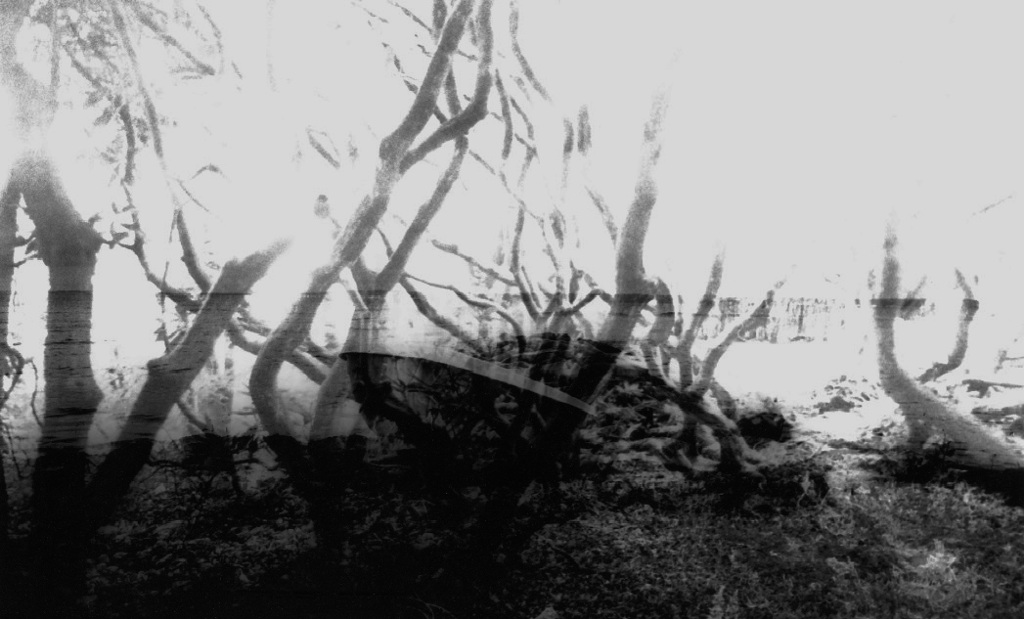
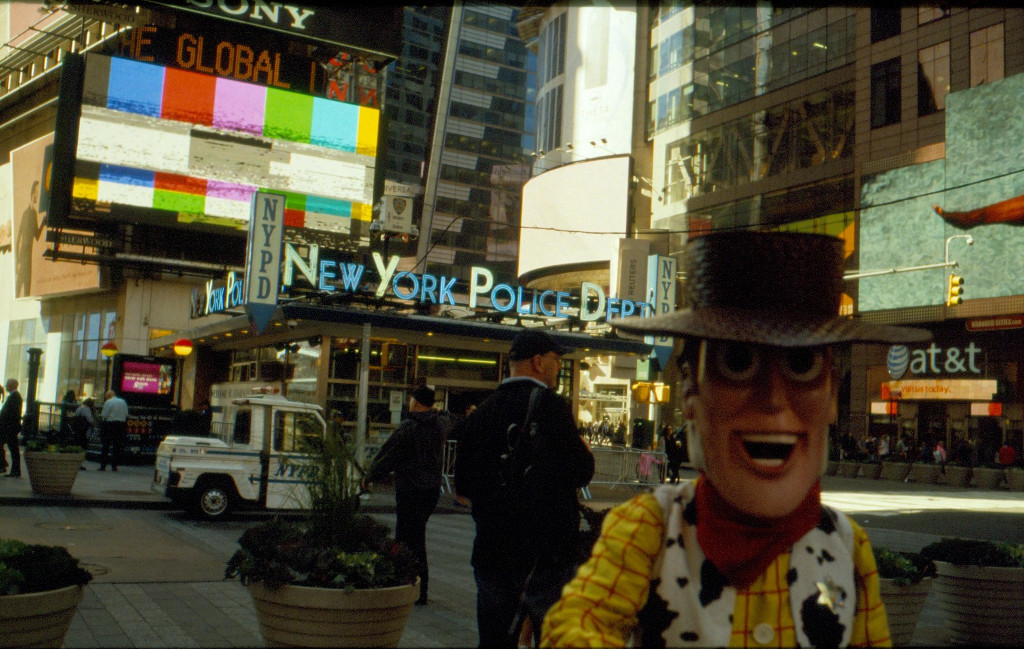
The first time I stepped into a darkroom I was nervous. I helplessly shambled my way through the process: measuring chemicals wrongly, under developing, forgetting to apply the enlarger safelight, and last, but not least, turning the photographic paper upside down. In other words, I, in a shambolic performance of disarray, wasted a lot of money –and it dawned on me, that developing your own pictures can seem quite scary. There is simply a larger margin for error in this process – I have lost rolls of film to the Moloch of overdevelopment and scraped emulsion – but when you succeed, the outcome is so much more satisfying than paying your local chemist. The method of trial and error is one that needs no endorsement – least of all from a student. In the search of organic methods, the darkroom is the most effective way of exhibiting exactly what analog photography is. Casting aside any form of subjective judgement, any social or aesthetic context, imposing a ruthless rule of new criticism, photography is the capture of light. Adding a poetic note, you are not only capturing light. You are capturing a specific moment in time that will never exist again. In the darkroom, the process of printing makes you realize that every print is the direct transfer of light, and the suspension of a moment in time, of which you were an observer.
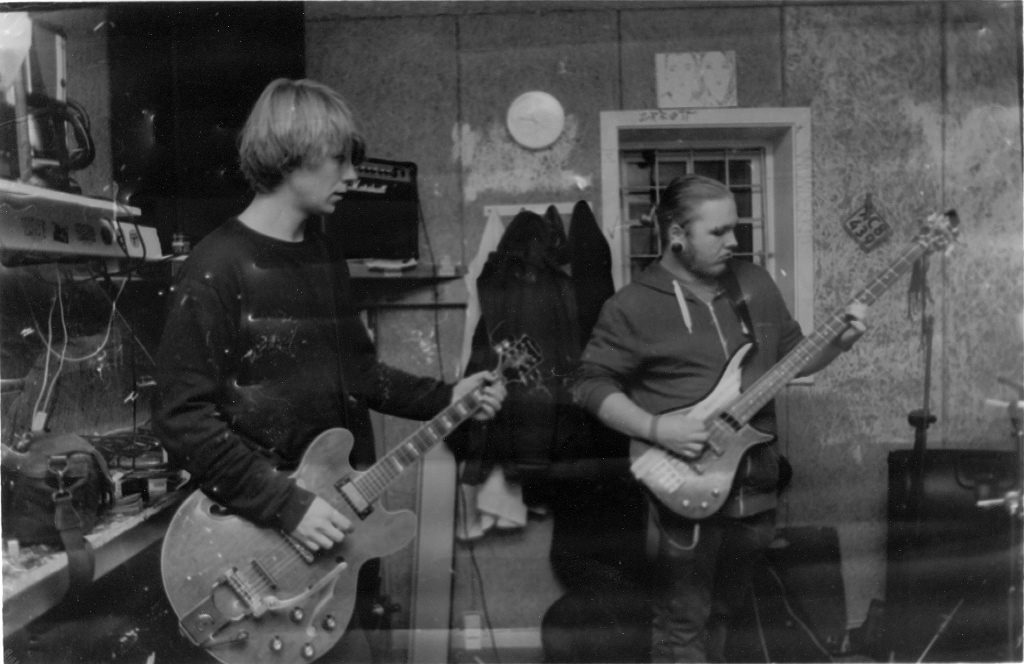
There are only a few things people hate more than a person that makes simple matters difficult. Some might say that what I’m arguing is nothing but nostalgic retro-fanaticism. And to some extent, they would be right. In large parts of the western world, the action of working within the analogue method is sometimes frowned upon; a notion prevails that all people who work like this who are not professional, are doing it simply as a link in the chain of narcissistic self-portrayal.
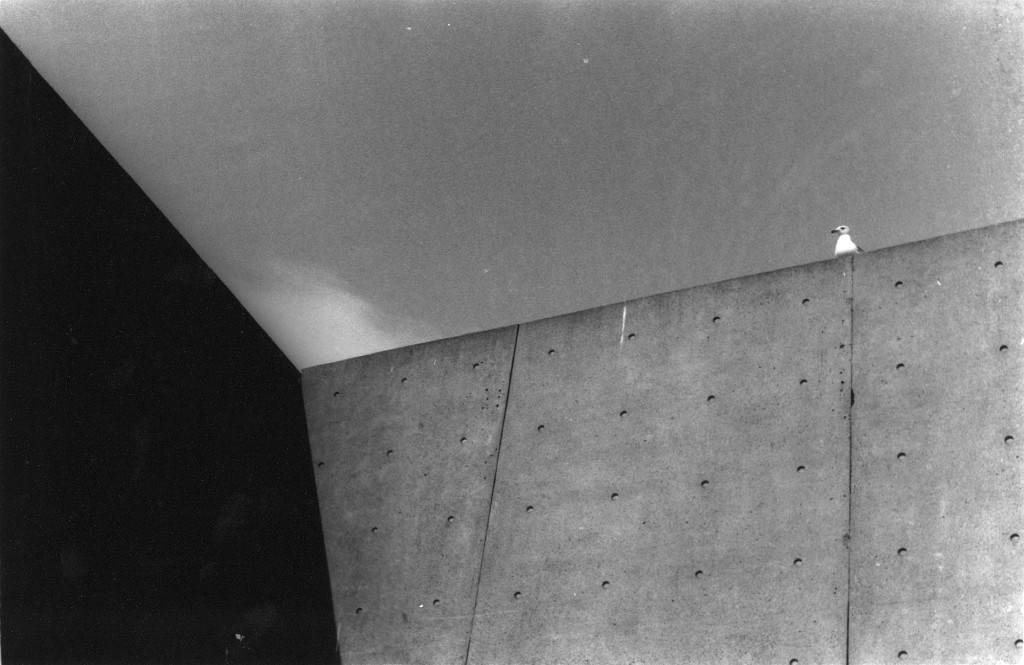
In a state of liquid modernity that we find ourselves in, film photography finds itself in the state of a weird mixture of sub-culture and neo-tribal tendencies. Looking for structure in the postmodern era, individuals create smaller social networks, resulting in a tribal nature, as opposed to mass society. A trait of neo-tribalism is a high mobility between individuals, and these neo-tribes can be amassed and dissolved rapidly; this can be seen at events like football-games etc. To the contrary, the darkroom process has achieved to remain the most authentic part of film photography, grounded in the amount of time and interest invested by its participants.
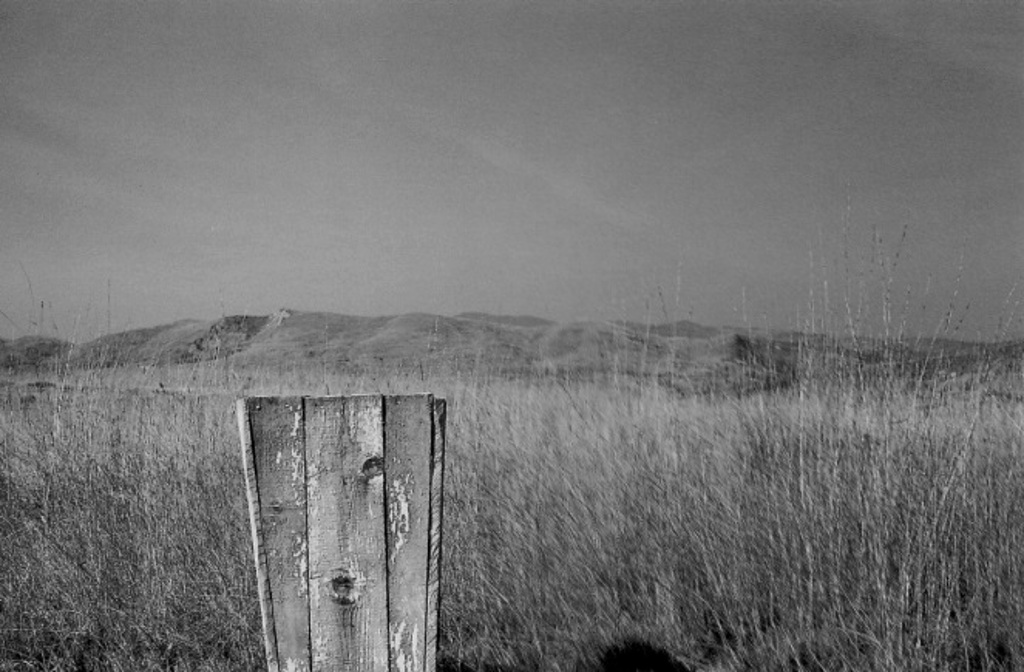
I will not simplify the explanation of why I love printing “old-school”. I will not hide under the guise of post-irony. I do it, not because I want it to be an integral part of my personality, but because I genuinely feel a deeper connection with the created art. That said, the darkroom experience only truly pleases one person at a time. Standing testimony to the gentle, sequential manifestation of silver halides on photographic paper, contrasts stepping out from a white sheet, as you gently perturb plastic trays, is an experience one can’t quite describe… And it only genuinely works when the hand that moves the tray, as it were, is yours.
